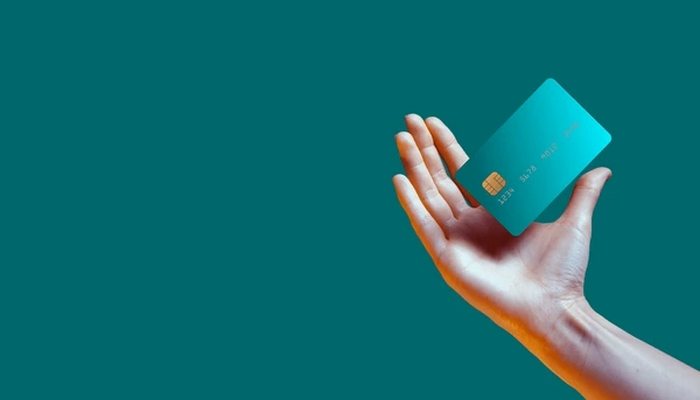Essential Tips on How to Build a Robust Emergency Fund
Building an emergency fund is essential for ensuring financial security in the face of unforeseen circumstances such as unemployment, serious illness, or urgent home repairs.
Advertising
This article will guide you through the process of how to build an emergency fund, detailing each necessary step and providing practical tips to maintain your financial health in any situation.
Importance of an Emergency Fund
Advertising
The emergency fund is your first line of defense against financial crises. It allows you to handle unexpected situations without the need to incur debt.
Why it is crucial:
- Financial security: Cover unexpected expenses without compromising other funds.
- Peace of mind: Reduce financial stress knowing that you are prepared for the unexpected.
Adequate Amount of Reserve
Advertising

Determining the ideal size of your emergency fund is a critical step, which varies according to your lifestyle and financial obligations.
How to calculate:
- Assess your monthly expenses: Include bills, food, transport, and other regular expenditures.
- Ideal multiplier: The reserve should be enough to cover three to six months of expenses.
Funding Sources
Identifying viable funding sources is essential for effectively accumulating your emergency fund.
Common sources:
- Personal savings: Adjust your budget to save monthly.
- Extra income: Consider freelancing or selling non-essential items.
Savings Strategies
Saving money is easier with smart financial strategies and habits.
Tips for saving:
- Detailed budgeting: Know where your money goes and make sensible cuts.
- Savings methods: Automate transfers to your reserve and regularly review your expenses.
Types of Accounts
Choosing the right type of account to store your reserve is crucial to maximizing accessibility and returns.
Recommended options:
- Savings account: Benefits from liquidity and security.
- Money market fund: Higher potential yield with easy access.
Liquidity and Accessibility
Your emergency fund should be easily accessible in any situation, without sacrificing liquidity.
How to ensure liquidity:
- Choose the right account: Make sure you can withdraw funds quickly if necessary.
- Avoid penalties: Opt for accounts without withdrawal penalties.
Maintaining the Reserve
Maintaining your emergency fund requires regular review and adjustments to ensure it continues to meet your needs.
Steps for maintenance:
- Periodically reevaluate: Adjust your reserve as income or expenses change.
- Offset inflation: Reinvest interest to maintain purchasing power.
Investing the Reserve
Investing part of your emergency fund can help to increase its value, but it is important to be cautious with the risks.
Safe investment strategies:
- High-quality bonds: Opt for low-risk investments.
- Diversification: Reduce risks with a variety of assets.
Insurance and Financial Protection
In addition to an emergency fund, having adequate insurance is crucial for complete financial protection.
Recommended insurances:
- Life and health insurance: Essential for mitigating large medical or familial expenses.
- Home and auto insurance: Protect against significant property losses.
Emergency Planning
Planning for emergencies involves more than just having funds available; it requires a comprehensive action plan.
Components of a good plan:
- Resource list: Include emergency contacts and account information.
- Financial action plan: Determine in advance how you will handle the crisis financially.
This guide provides a clear and structured path to setting up a robust emergency fund, ensuring that you are prepared for any adversity without compromising your financial well-being.
With the right strategy, discipline, and a bit of foresight, your emergency fund can grow and provide the security that you and your family deserve.
The key is to start as soon as possible and maintain consistency, adapting as needed to meet your needs through the years.





